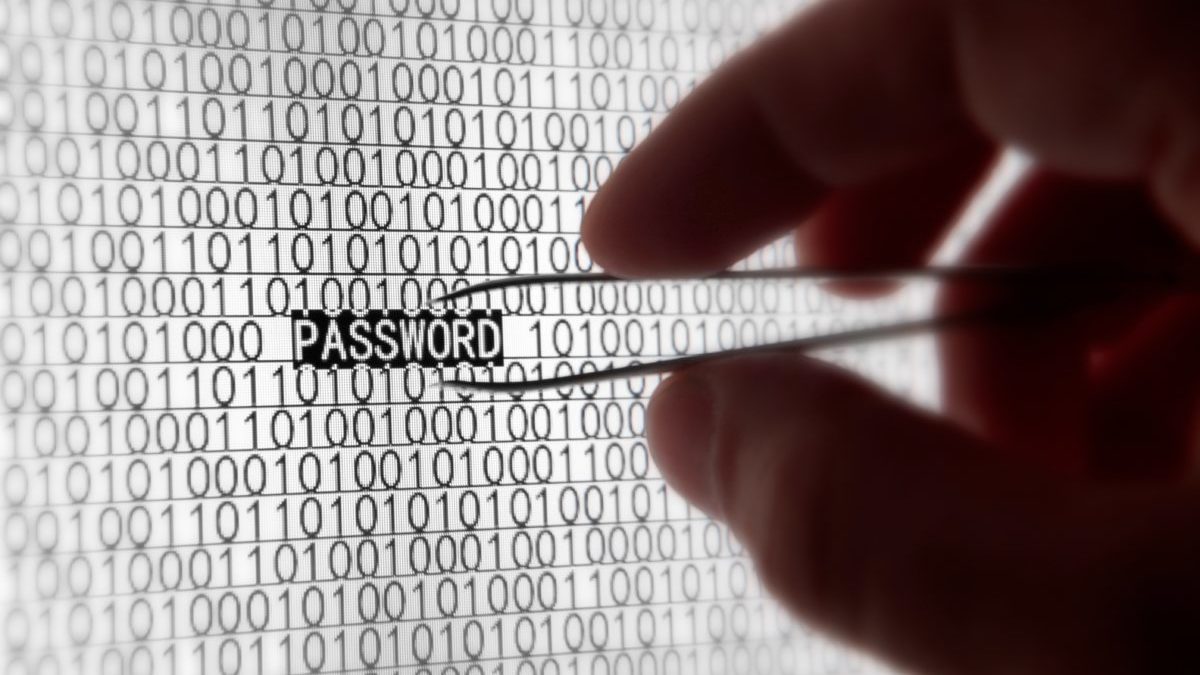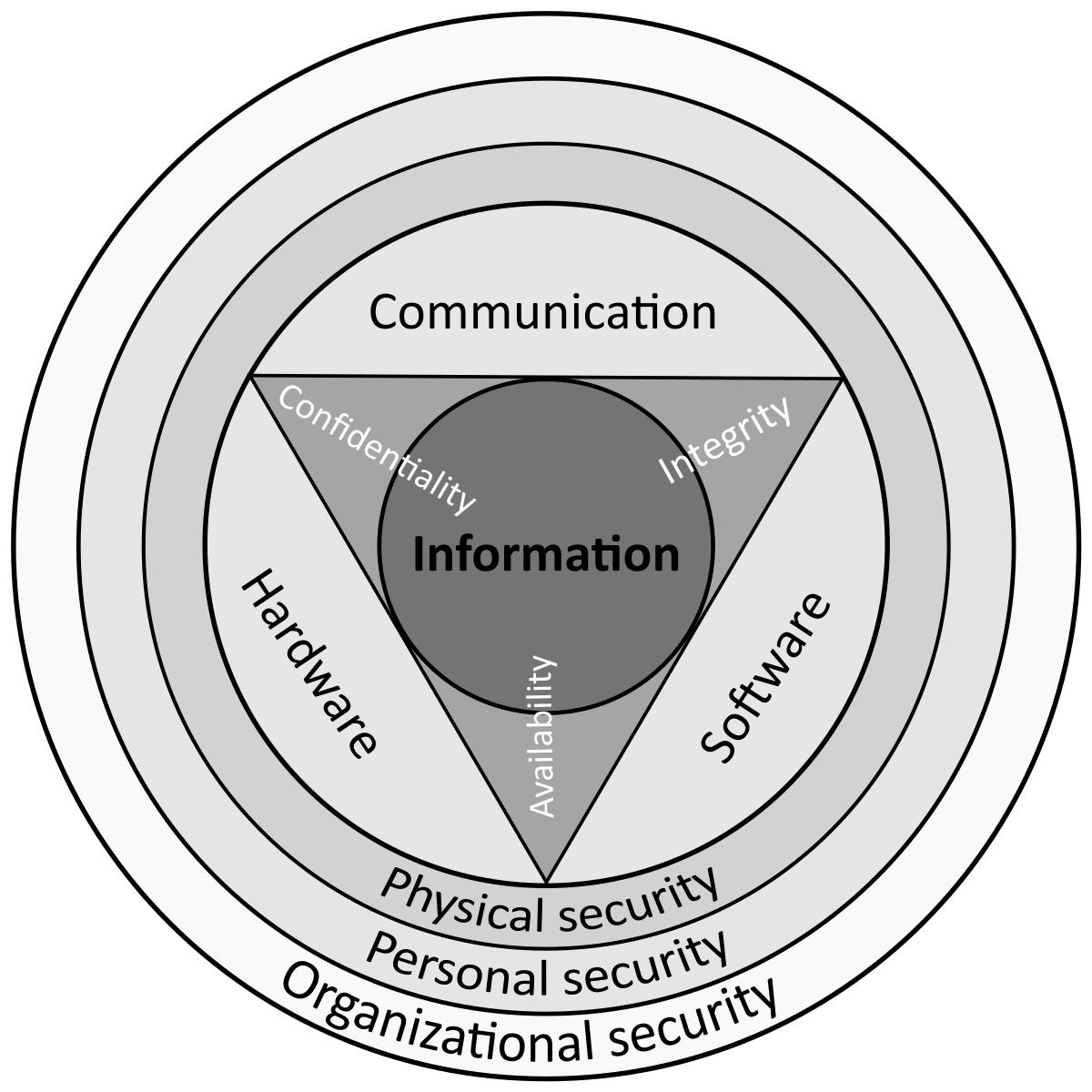Authentication is the process of identifying users and ensuring the authentication of their identities in order to gain access to secure networks and applications. Two-factor (2FA) and multi-factor authentication (MFA) are two common forms of authentication used by organizations today. With 2FA, users must provide two independent pieces of information or credentials to verify their identity. MFA requires multiple credentials from different sources to be verified in order for access to be granted. In this article, we will discuss the differences between 2FA and MFA security protocols.

Table Of Content:
- What's the Difference Between MFA and 2FA?
- What's the Difference Between MFA and 2FA? - Rublon
- What are the Key Differences between 2FA and MFA?
- Two-Factor vs. Multi-Factor Authentication | Delinea
- 2FA vs MFA Explained - Differences Between Two Factor Auth vs ...
- Two-Factor Authentication vs. Multi-Factor Authentication | Okta Blog
- Two-Factor vs. Multi-Factor Authentication: What's the Difference ...
- Explained: Two-Factor vs. Multi-Factor Authentication | The Security ...
- Multi-factor authentication - Wikipedia
- 2 step verification vs 2 factor authentication
1. What's the Difference Between MFA and 2FA?
https://www.helpsystems.com/blog/whats-difference-between-two-factor-authentication-and-multi-factor
Apr 25, 2017 ... The difference between MFA and 2FA is simple. Two-factor authentication (2FA) always utilizes two of these factors to verify the user's identity ...
2. What's the Difference Between MFA and 2FA? - Rublon
https://rublon.com/blog/mfa-2fa-difference/ Jun 1, 2021 ... MFA vs. 2FA ... Multi-Factor Authentication (MFA) is a type of authentication that requires two or more factors of authentication. Two-Factor ...
Jun 1, 2021 ... MFA vs. 2FA ... Multi-Factor Authentication (MFA) is a type of authentication that requires two or more factors of authentication. Two-Factor ...
3. What are the Key Differences between 2FA and MFA?
https://www.incognia.com/the-authentication-reference/what-are-the-key-differences-between-2fa-and-mfa MFA vs 2FA ... So, two-factor authentication (2FA) requires users to present two types of authentication, while MFA requires users to present at least two, if not ...
MFA vs 2FA ... So, two-factor authentication (2FA) requires users to present two types of authentication, while MFA requires users to present at least two, if not ...
4. Two-Factor vs. Multi-Factor Authentication | Delinea
https://delinea.com/blog/2fa-mfa-difference Two-Factor vs. Multi-Factor Authentication · MFA simply uses several forms of authentication for even tighter security · 2FA is a subset of MFA -- they actually ...
Two-Factor vs. Multi-Factor Authentication · MFA simply uses several forms of authentication for even tighter security · 2FA is a subset of MFA -- they actually ...
5. 2FA vs MFA Explained - Differences Between Two Factor Auth vs ...
https://securitytrails.com/blog/two-factor-auth-vs-multi-factor-auth
Dec 17, 2019 ... But while MFA is the more secure option, 2FA is easier to use for a larger number of users, as well as more cost-effective to implement for both ...
6. Two-Factor Authentication vs. Multi-Factor Authentication | Okta Blog
https://www.okta.com/blog/2016/12/two-factor-authentication-vs-multi-factor-authentication-what-are-the-risks/ In nearly every case, two-factor authentication is an improvement over single-factor. The compromise of one factor is no longer enough for an attacker to gain ...
In nearly every case, two-factor authentication is an improvement over single-factor. The compromise of one factor is no longer enough for an attacker to gain ...
7. Two-Factor vs. Multi-Factor Authentication: What's the Difference ...
https://www.mcafee.com/blogs/internet-security/authentication-methods-101/ Nov 6, 2015 ... Two-factor authentication. Two-factor authentication is a bit more complicated. In addition to your password/username combo, you're asked to ...
Nov 6, 2015 ... Two-factor authentication. Two-factor authentication is a bit more complicated. In addition to your password/username combo, you're asked to ...
8. Explained: Two-Factor vs. Multi-Factor Authentication | The Security ...
https://securityledger.com/2019/09/explained-two-factor-vs-multi-factor-authentication/ Sep 30, 2019 ... When you're looking to add extra security, it may seem like 2FA and MFA are the same. Not so. Two-factor authentication is a great starting ...
Sep 30, 2019 ... When you're looking to add extra security, it may seem like 2FA and MFA are the same. Not so. Two-factor authentication is a great starting ...
9. Multi-factor authentication - Wikipedia
https://en.wikipedia.org/wiki/Multi-factor_authentication MFA protects user data—which may include personal identification or financial assets—from being accessed by an ...
MFA protects user data—which may include personal identification or financial assets—from being accessed by an ...
10. 2 step verification vs 2 factor authentication
https://miracl.com/blog/2-step-verification-vs-2-factor-authentication/ Two Factor Authentication, also known as 2FA, is a substantial layer of additional security that is collectively known as “multi factor authentication”. One ...
Two Factor Authentication, also known as 2FA, is a substantial layer of additional security that is collectively known as “multi factor authentication”. One ...
What is 2 factor authentication?
Two-Factor Authentication (2FA) is an additional layer of security that requires both a password and a piece of information that only the user knows, such as a one-time code sent via text message to the user's mobile device. This extra layer of security helps protect against unauthorized access even if passwords are stolen or guessed.
What is multi-factor authentication?
Multi-Factor Authentication (MFA) is an advanced version of 2FA that requires more than two independent pieces of information or credentials in order to verify a user’s identity. For example, an organization may require a combination of something you know (a password), something you have (a smart card), something you are (biometric data like a fingerprint or retina scan), and/or where you are (geo location).
What are the advantages of using 2 factor vs multi factor authentication?
The primary advantage to using 2FA over MFA is cost – typically, setting up a 2FA system will cost less than implementing MFA solutions. Additionally, providing multiple layers of protection via MFA can help reduce the risk associated with data breaches due to compromised passwords since it requires additional verification steps before granting access.
Conclusion:
Two Factor Authentication (2FA) provides organizations with an additional layer of security beyond just passwords, making it more difficult for unauthorized users to gain access. However, while Multi-Factor Authentication (MFA) offers increased security measures by requiring multiple pieces of verification from different sources before granting access, it can come at a greater cost compared with traditional methods like 2 FA. Organizations must weigh these factors when deciding which authentication protocol best suits their needs.
